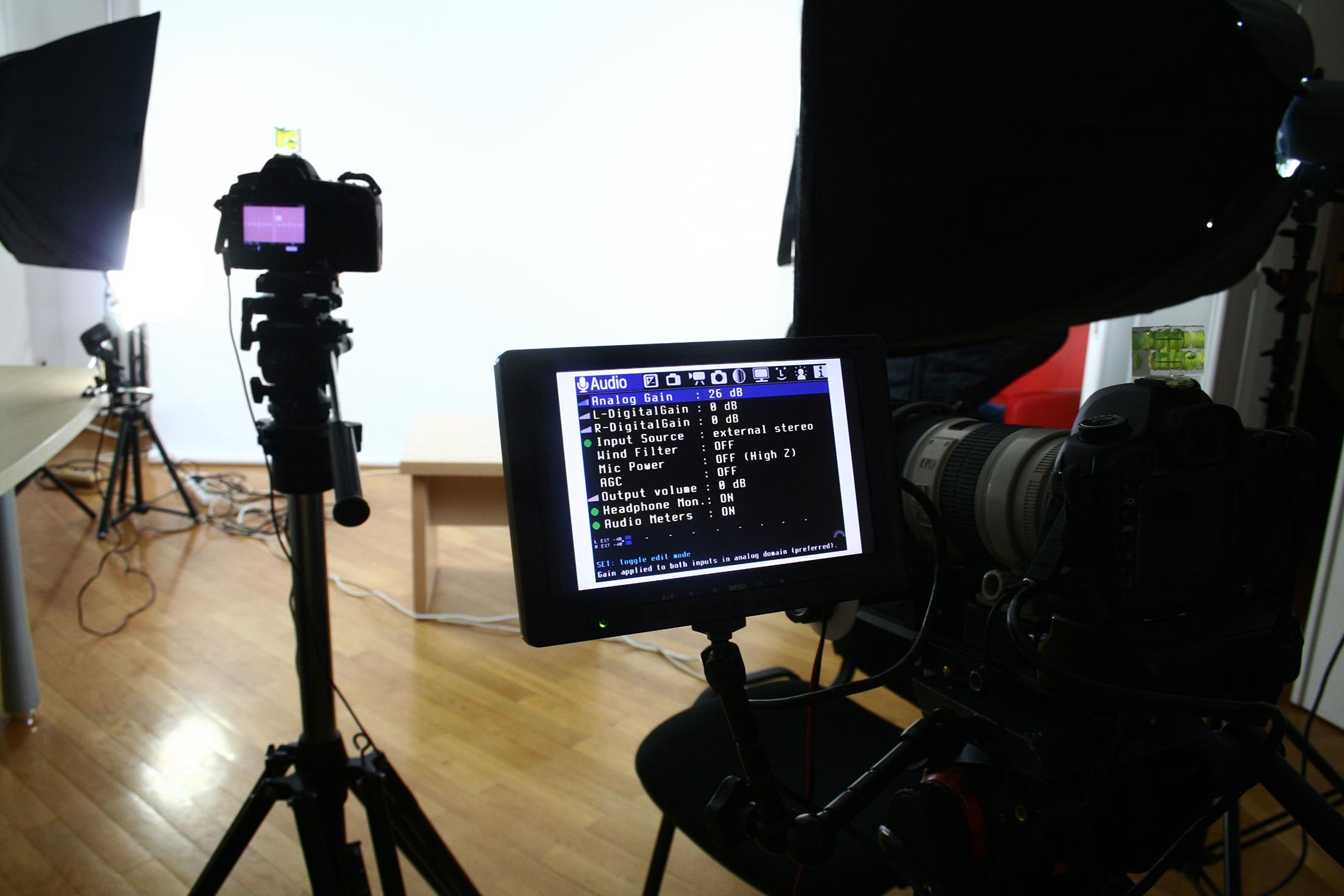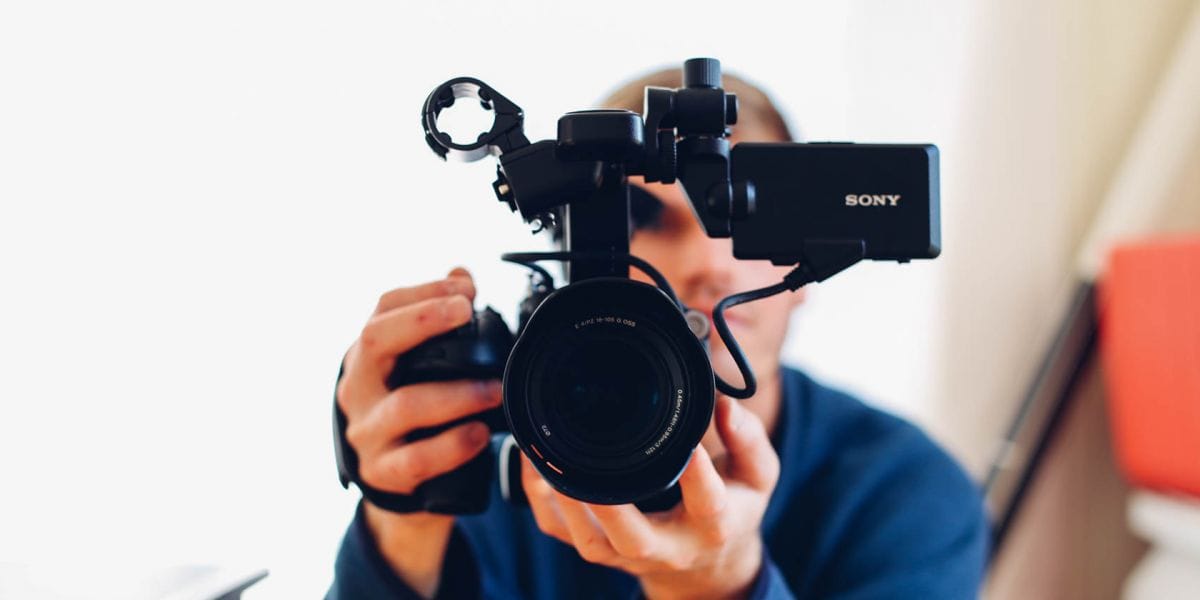Unlocking the Secrets of Court Coverage: A Comprehensive Review
Court reporting, often viewed as a discreet career within the legal field, holds a wealth of details that continue to be veiled to several. The careful work of court reporters goes much past recording spoken words; it works as the foundation of legal proceedings, ensuring precision and protecting the significance of every court exchange. From the historic development of court reporting to the sophisticated innovations improving the landscape, an extensive understanding of this career exposes a globe where precision, flexibility, and keen interest to information converge. In this review, we will untangle the layers of court reporting, clarifying its essential skills, the duty of technology, and the myriad occupation pathways it uses.
Background of Court Coverage

One turning point in the history of court reporting was the intro of stenography in the mid-19th century, reinventing the profession by allowing press reporters to catch talked words at broadband. This advancement substantially enhanced the accuracy and performance of court documents, leading the way for modern-day court reporting methods.
Throughout history, court press reporters have adapted to technological innovations, transitioning from hand-operated shorthand to stenotype makers and now to computer-aided transcription systems. These improvements have not just enhanced the speed and precision of transcriptions yet have actually also broadened the scope of services provided by stenotype reporter in legal, academic, and company setups. COURT REPORTING DURHAM. The evolution of court coverage remains to form the profession and its vital function in the lawful system
Necessary Skills for Court Reporters
Court press reporters must possess a varied array of skills to effectively transcribe and catch spoken words in lawful proceedings with precision and performance. This ability enables court press reporters to keep up with fast-paced discussion in courtrooms.

Additionally, stenotype reporter need outstanding concentration and emphasis to preserve precision throughout prolonged legal proceedings. They have to likewise possess phenomenal time-management abilities to fulfill limited deadlines for providing records. In general, a mix of technical, etymological, and cognitive abilities is essential for court press reporters to stand out in their occupation.
Innovation in Court Coverage
Embracing technical developments has actually reinvented the field of court reporting, boosting efficiency and precision in find more recording and transcribing lawful procedures. One of the most significant technological improvements in court coverage is the adoption of stenotype makers.
Furthermore, making use of digital recording tools has come to be progressively widespread in court coverage. This technology permits audio recordings of proceedings to be captured and later transcribed by court reporters. While digital recordings can work as a valuable back-up, the knowledge of a stenotype reporter in catching subtleties, tone, and non-verbal hints continues to be very useful in creating accurate and dependable records. COURT REPORTING DURHAM. Generally, the assimilation of modern technology in court reporting remains to improve the occupation, making the process more specific and reliable.
Value of Precision in Records
The accuracy and dependability of court coverage transcripts play a critical role in protecting the honesty of lawful procedures and guaranteeing a precise document of events. Court transcripts work as important paperwork for future recommendation, appeals, and the administration of justice. Precision in transcripts is critical as even the tiniest error can have considerable consequences on court cases, potentially causing misinterpretations, mistrials, or unjustified outcomes. Court press reporters need to catch verbatim what is claimed during process, consisting of nuances in tone, pauses, and disruptions, to give a faithful account of the dialogue.
Accurate records assist in the prep work of briefs, allures, and lawful techniques, ensuring that all parties have access to a trustworthy document of the procedures. The function of court press reporters in maintaining accuracy in transcripts is indispensable to promoting the concepts of justice and due procedure.
Profession Opportunities in Court Coverage
Checking out the area of court reporting unveils a myriad of promising profession possibilities for individuals with a keen eye for detail and exceptional listening skills. Stenotype reporter play a vital function in legal process by creating precise verbatim records of spoken discussion, depositions, hearings, and other occasions. This specialized ability opens doors to varied job paths beyond typical court room setups.
One noticeable career alternative for stenotype reporter is operating in the judicial system. Many stenotype reporter find employment in government or state courts, guaranteeing that official records are meticulously taped and preserved. Additionally, chances exist in independent court reporting, where professionals work on a contractual basis for law office, federal government firms, or private companies.
Furthermore, the need for shut captioning solutions has actually risen with the boost in on-line video clip web content and live broadcasts. Stenotype reporter with knowledge in real-time captioning can go after professions in television, webcasting, and live event captioning. This market uses a dynamic job atmosphere and the opportunity to make media a lot more easily accessible to varied target markets. Overall, a profession in court reporting promises security, development, and the complete satisfaction of adding to the legal and media sectors.
Final Thought
To conclude, court coverage is an important profession that needs specialized skills and training. With a background going back centuries, stenotype reporter play an essential duty in precisely recording lawful procedures. Using innovation has transformed the field, More hints boosting performance and precision in transcribing court process. As need for stenotype reporter remains to grow, people with the necessary skills and dedication can discover satisfying job chances in this area.
Having progressed over centuries, the background of court reporting reflects the important role this profession has played in protecting legal procedures. The advancement of court coverage continues to shape the profession and its important function in the lawful system.
Welcoming technical developments has revolutionized the area of court read here coverage, enhancing performance and accuracy in catching and transcribing lawful proceedings.The accuracy and reliability of court reporting records play a pivotal function in maintaining the stability of lawful procedures and guaranteeing an exact record of occasions. Many court press reporters locate employment in government or state courts, making certain that authorities documents are carefully taped and kept.